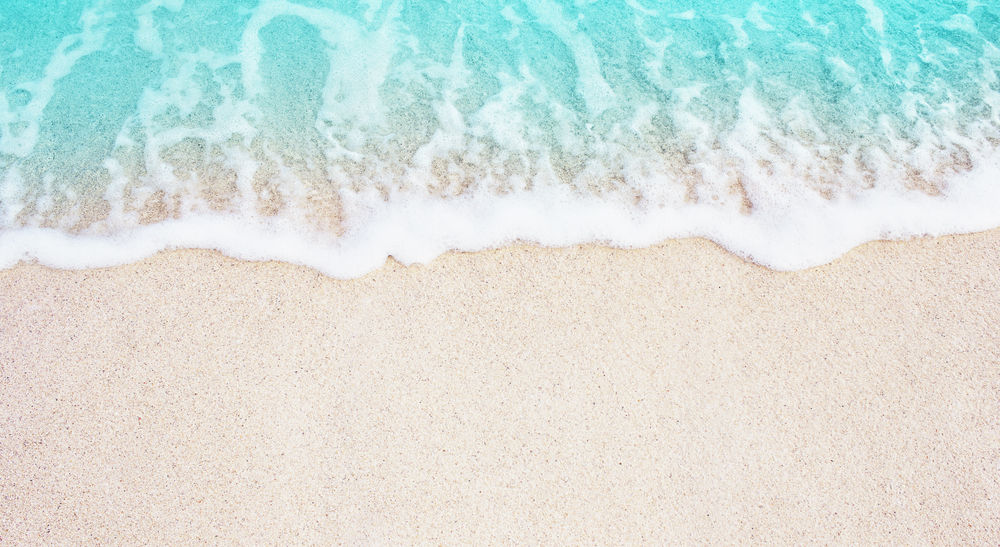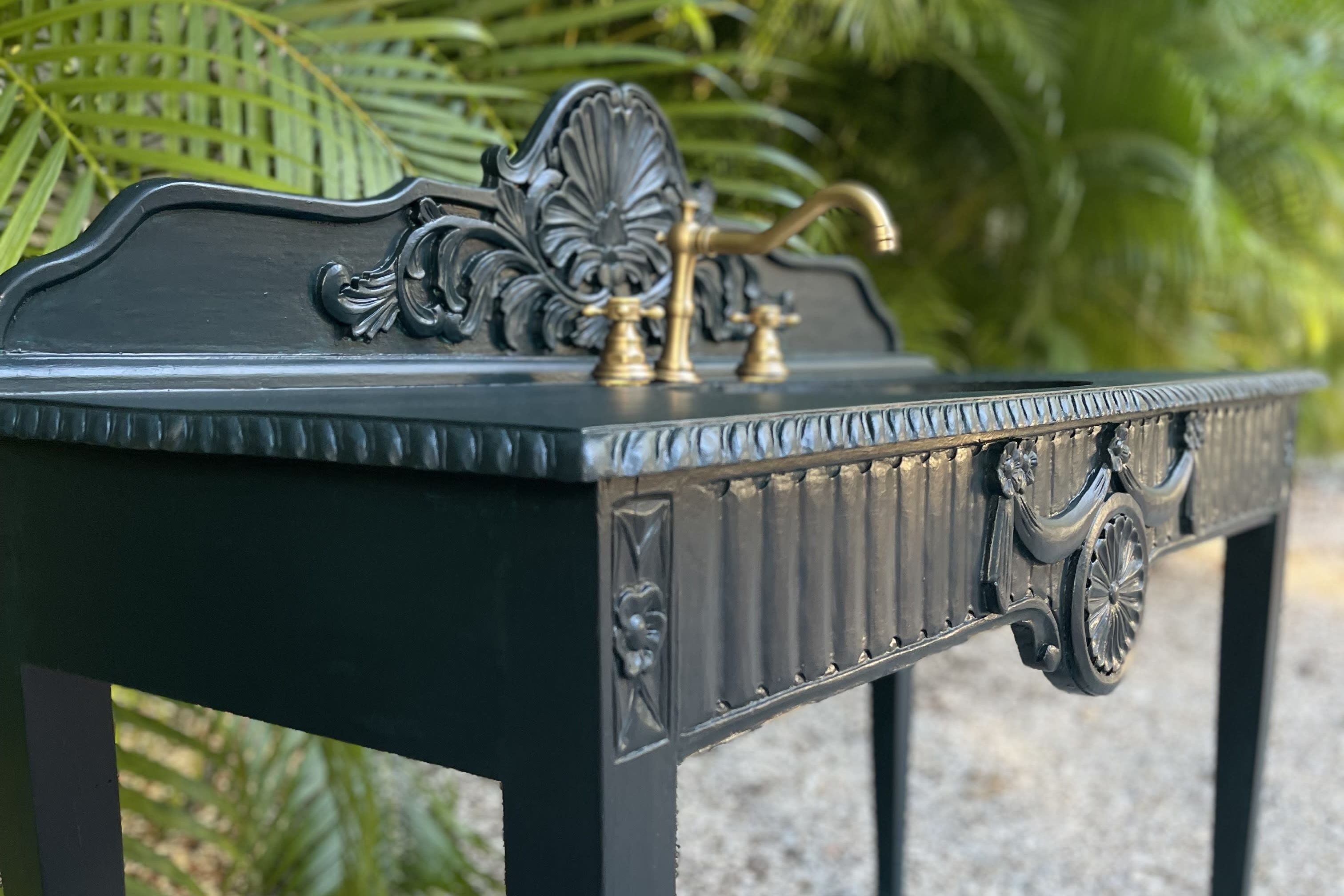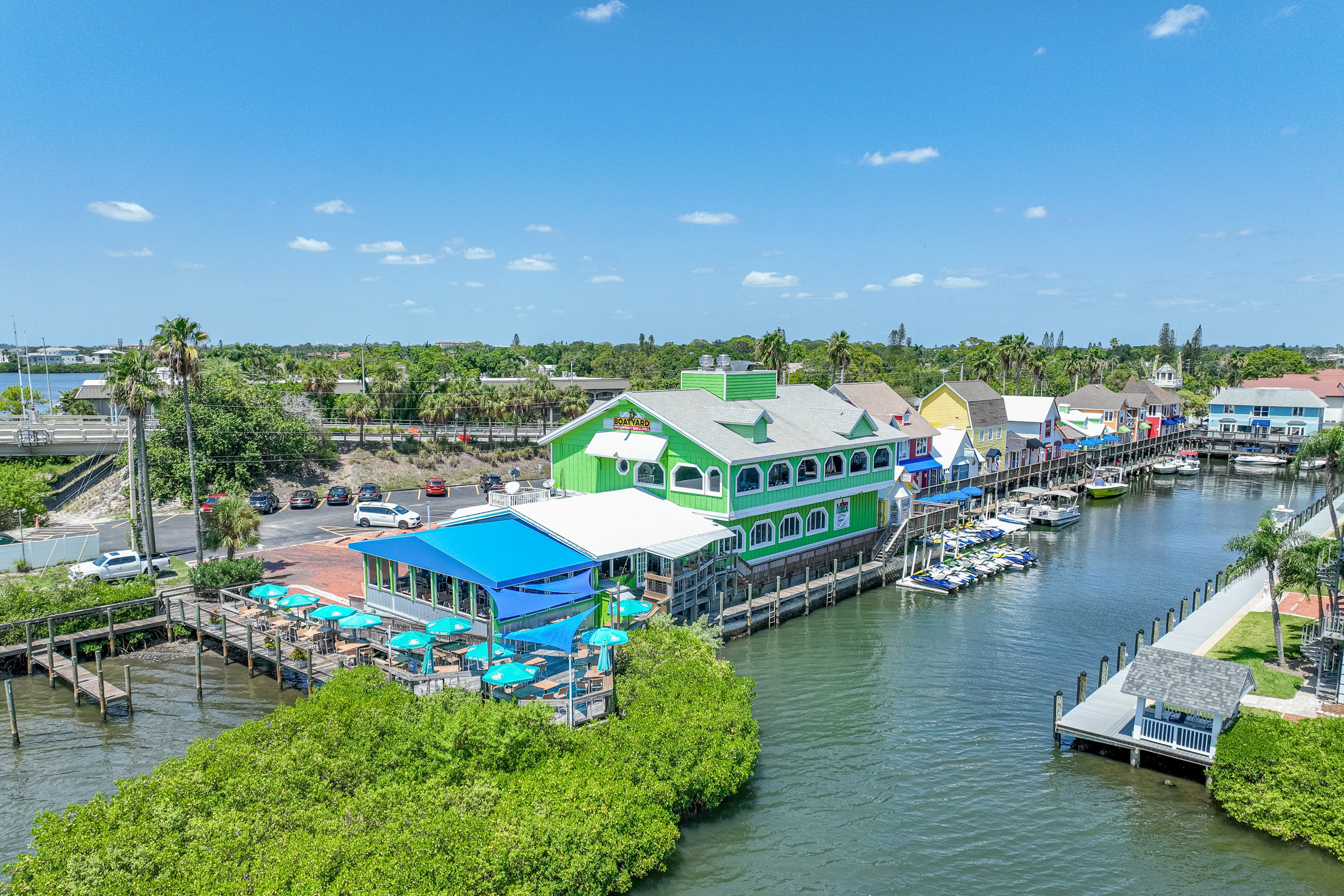Siesta Key Beach Sand is Prized Around the Globe

Image: Shutterstock
On May 25, Stephen Leatherman, aka Dr. Beach, named Siesta the best beach in America. Most people know Leatherman from his yearly rankings and media appearances, including on The Oprah Winfrey Show.
But few know that Leatherman is a card-carrying member of the International Sand Collectors Society, some 200 people dedicated to acquiring little vials of sand from all over the world. Leatherman serves as an adviser for the beach division of the society. Other divisions are devoted to historical mortars, microscopy and psychometry.
Many collectors are avid traders, swapping sand via the internet. But Leatherman collects within such precise parameters that he doesn’t trade.
“I have to collect [my sand] at the mid-tide level of the beach so that it’s technically accurate and representative of the beach,” he says. “I can’t trade sand because I don’t know how [other collectors] collect it.”
Siesta’s sand is especially prized by collectors because it’s 99 percent quartz crystal, or quartz ground down until each grain is the same size. The process produces that white sand that feels like powder on your feet. Leatherman has collected enough sand at Siesta that he jokes authorities might stop him from taking any more.
This summer, International Sand Collecting Society member Jim Zimbelman, a geologist at the Smithsonian’s National Air and Space Museum, spent some time in Bradenton to help his mother-in-law move. Although he didn’t collect sand on this visit, Zimbelman has 1,485 samples of sand from all over the world. He started collecting as a graduate student at UCLA, when he visited Kelso Dunes in the Mojave Desert and brought home a sample of sand.
“I didn’t envision a collection at that point,” Zimbelman says. “I just thought it was kind of pretty, so I grabbed a little bottle of sand.”
But Zimbelman saw 10 vials of sand on a colleague’s desk and was hooked. In addition to picking up samples on travels, he traded with collectors and accepted samples from friends. He doesn’t trade anymore, but he accepts donations and appreciates friends bringing him samples from their vacations. Some collectors are more scientific than others; Zimbelman uses a GPS when collecting sand to mark exactly where he found it.
Zimbelman has five samples from the Gulf Coast. Two came from Tampa, two from Sanibel Island and one from Clearwater. He snagged only a Sanibel one himself, collecting it in April 2014. It was number 1,446 of his collection.
“Florida beaches are beautiful white silica sand,” Zimbelman says. “That’s unique for the U.S.”
Zimbleman’s research focuses on dunes. Sand collecting is a hobby, but he uses sand from his collection as a visual aid when lecturing. He has a small, portable set of collected sand, including magnetic black sand from New Zealand, which he says he likes to show when he’s speaking to children.
He collected in small 35 mm film canisters when he started in the ’70s, but technology eliminated those. Now he uses little glass vials and stores his samples in plastic containers that hold 256 vials each. An Excel spreadsheet records sample number, setting (beach, dune, river, etc.), city, latitude, longitude, date, initials of the collector and a short description of the place (“landing beach at Bay of Pigs,” for example). A separate Word document records whom the initials represent. It is three pages long.
“Some people go whole hog into this, and their whole house becomes a sand collection,” Zimbelman says. Case in point: A former society president amassed over 12,000 samples. “I don’t want that to happen,” he says. “I’m doing this for fun and a little bit for science.”



